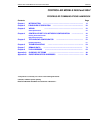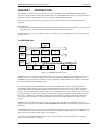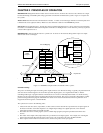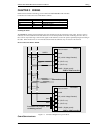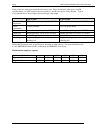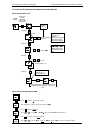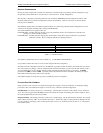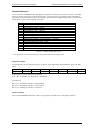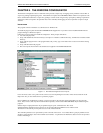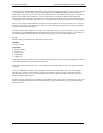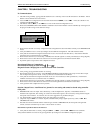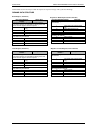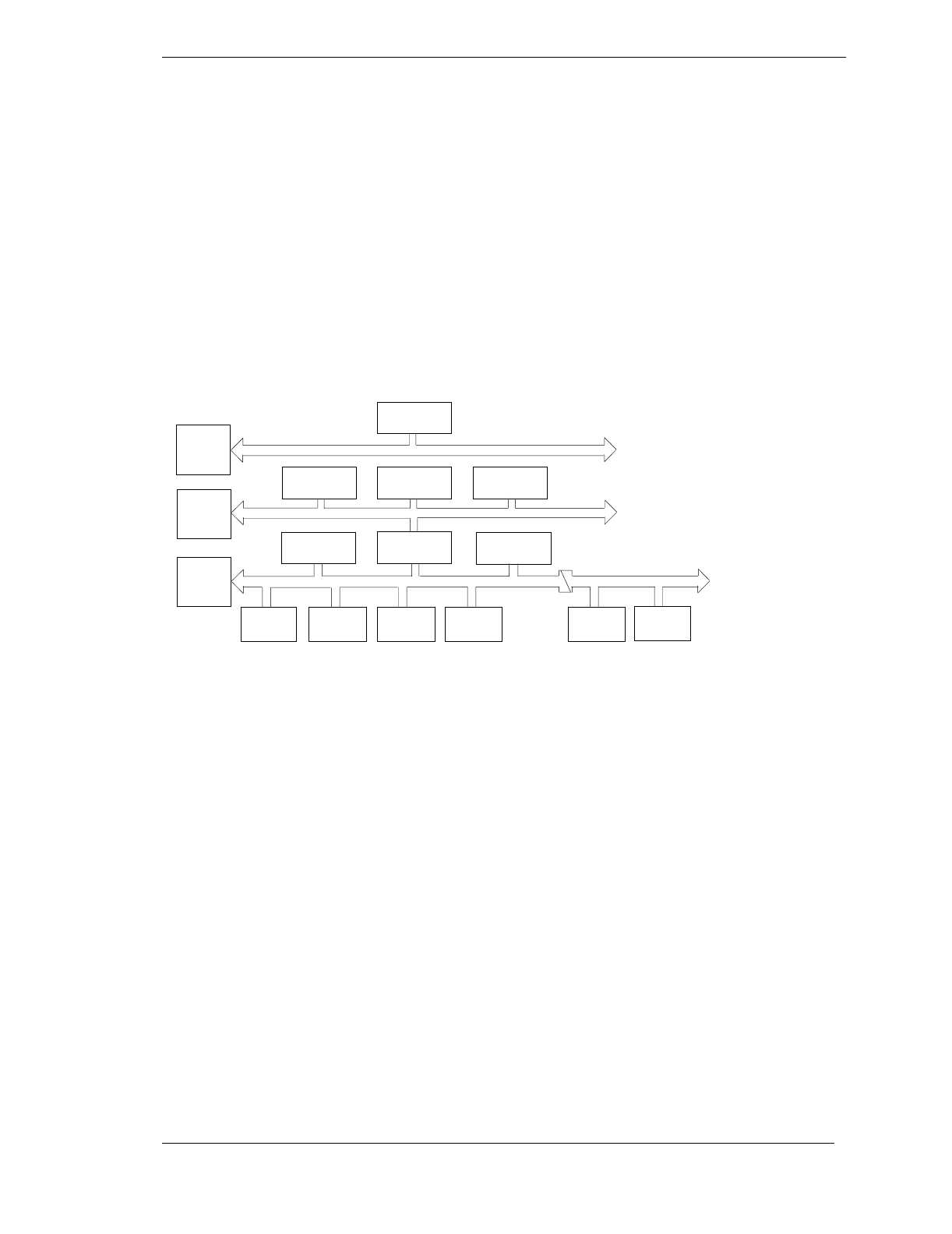
2408
f
& 2404
f
PROFIBUS Communications Handbook Introduction
2408
f
and 2404
f
PROFIBUS Communications Handbook 1-1
CHAPTER 1 INTRODUCTION
This handbook is written for people who need to use a digital communications link and PROFIBUS-DP communication
protocols to supervise Eurotherm Controls Series 2000 instruments. The PROFIBUS-DP protocol is supported by Eurotherm
instruments carrying the suffix
f
in their order codes. Specifically 2408
f
and 2404
f
controllers.
It has been assumed that the reader has some experience of communication protocols and is familiar with Series 2000
instruments.
Related handbook:
• Installation and Operation Handbook for 2408 and 2404 Controller, Eurotherm part number HA025132. This gives a full
description of how to use the instruments, configuration options and definition of parameters.
Eurotherm Controls accepts no responsibility for any loss or damage caused by mis-application of the information contained
in this document.
T
HE
PROFIBUS F
AMILY
Figure 1-1: PROFIBUS Application Areas
PROFIBUS is a vendor independent, open fieldbus standard for a wide range of applications in manufacturing, process and
building automation. Vendor independence and openness are guaranteed by the PROFIBUS standard EN50170. With
PROFIBUS, devices from different manufacturers can inter-communicate. Suitable interfaces exist for PLCs, which include
the Siemens, Mitsubishi and Allen Bradley range.
The 2400
f
controllers support the PROFIBUS-DP variant of the PROFIBUS protocol which is designed especially for
communication between automatic control systems and distributed I/O at the device level. It is most often used to allow a
central Programmable Logic Controller or PC based control system to use external ‘slave’ devices for I/O or specialised
functions. The principal advantage is that these devices may be distributed around a machine, thereby saving on the cost of
point to point wiring. The ‘open’ nature of the network also permits equipment from different manufacturers to be mixed on
the same bus. Additionally, the off-loading of complex and specialised tasks such as PID temperature control lessens the
processing load on the central PLC so that its other functions may be carried out more efficiently and require less CPU
memory.
PROFIBUS-DP is described in DIN 19245 Part 3, and forms part of EN 50170 with P-Net and WorldFIP. However it is
important to note that P-Net and WorldFIP are wholly incompatible with PROFIBUS, using different wiring and transmission
technologies.
The PROFIBUS-DP network uses a high speed version of the RS485 standard, permitting baud rates of up to 12Mbaud. Note
however, that in order to guarantee electrical isolation standards, the 2400
f
Series supports rates of up to 1.5 MBaud only. A
table of network speed against segment length is given in Chapter 3.
A maximum of 32 PROFIBUS-DP stations (nodes) may be contained within a single network segment. Use of RS485
repeaters allows a total of up to 127 stations.
Area
Computer
PC/VMECNC
Host
PLC
PC
DCS
Temp
Controller
I/O
Field
Device
Motor
Drives
Trans-
mitter
Field
Device
Factory
Level
Cell
Level
Field
Level
MMS, TCP/IP Backbone
PROFIBUS-FMS
PROFIBUS-DP
PROFIBUS-PA



